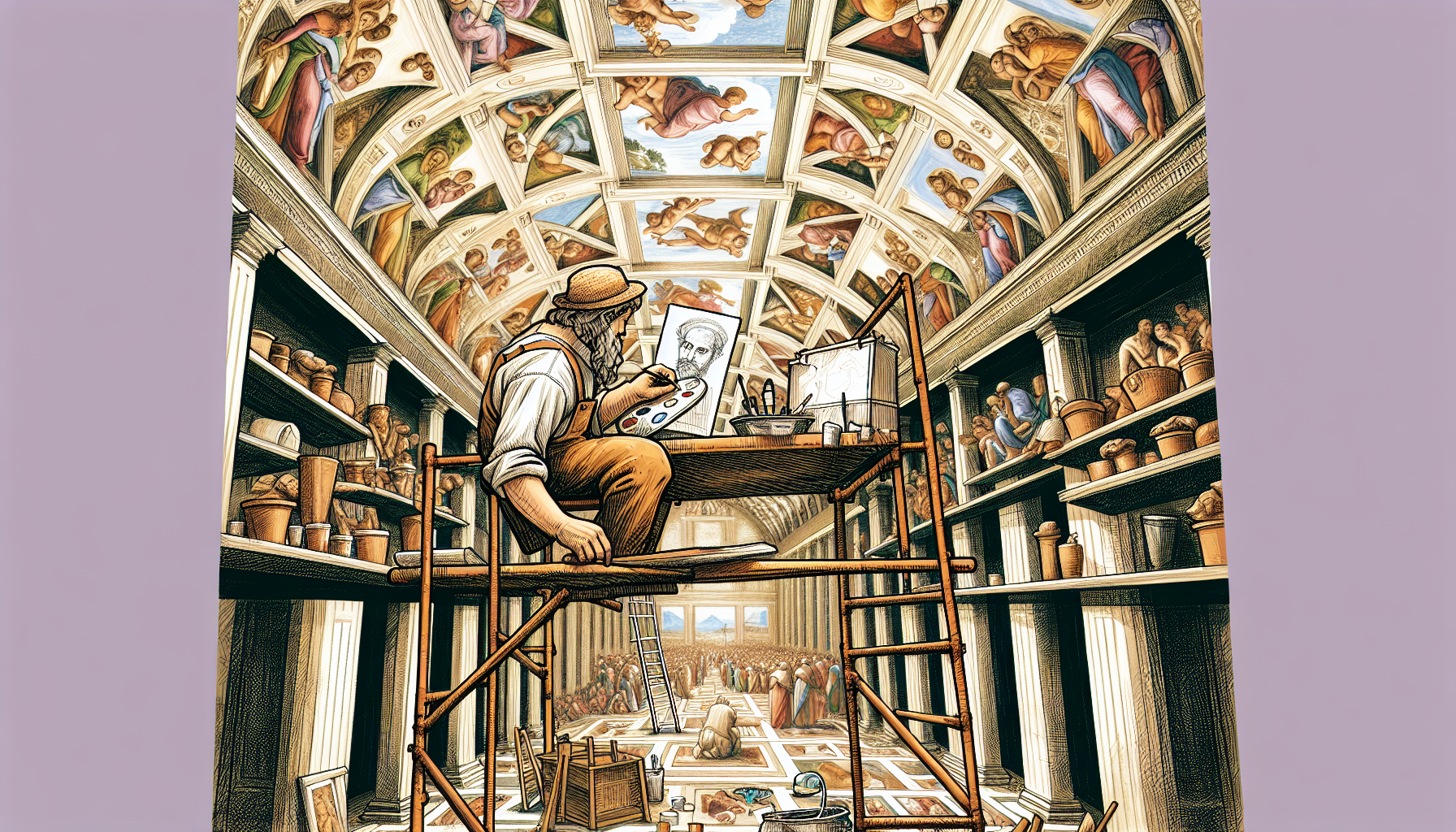Michelangelo Buonarroti, an iconic Renaissance artist, was commissioned by Pope Julius II in 1508 to paint the Sistine Chapel ceiling in Vatican City. Initially reluctant, as he considered himself a sculptor rather than a painter, Michelangelo accepted the monumental task. Over the course of four years, from 1508 to 1512, he worked tirelessly in challenging conditions, often lying on his back atop a high scaffold. The ceiling's centerpiece is "The Creation of Adam," which has become one of the most renowned artworks in history. Michelangelo's frescoes depict scenes from the Book of Genesis, featuring over 300 figures, including prophets, sibyls, and ancestors of Christ. His innovative use of perspective, anatomy, and expressive figures revolutionized Renaissance art and influenced countless artists. The Sistine Chapel ceiling remains a masterpiece of artistic achievement, showcasing Michelangelo's genius and his profound impact on the trajectory of Western art.
Podcast
Discover a 5-minute podcast that will let you through this story
eBook
Go further in this story with a 30 minute ebook
Read the eBook